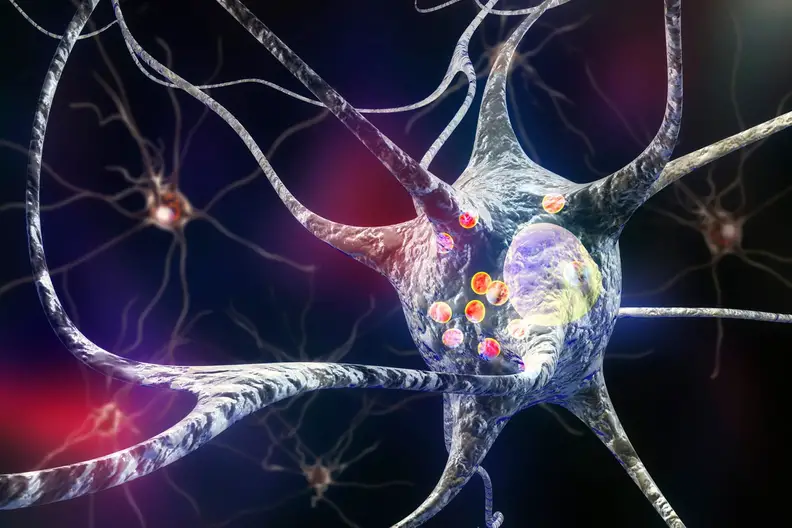Blood
New Blood Marker Can Identify Parkinson’s Disease
Lund University researchers have discovered a biomarker, DOPA decarboxylase (DCC), that may help diagnose Parkinson’s disease and similar disorders by indicating dopamine system damage in the brain. This finding offers hope for simpler and earlier detection and treatment of neurodegenerative diseases.
Researchers at Lund University have discovered a blood marker that can identify Parkinsonian diseases. Their findings were recently published in the journal Nature Aging.
The marker in question is called DOPA decarboxylase (DCC). In the current study, DCC was found to be elevated in individuals with Parkinson’s disease as well as in people with other diseases that result in dopamine deficiency in the brain.
However, the marker was normal in other brain diseases such as <span class="glossaryLink" aria-describedby="tt" data-cmtooltip="
” data-gt-translate-attributes=”[{“attribute”:”data-cmtooltip”, “format”:”html”}]”>Alzheimer’s disease. The researchers even noticed that DCC was elevated in individuals with Parkinson’s many years before they developed any symptoms.
Advanced Techniques in Protein Measurement
”We have used advanced techniques that allow us to measure thousands of proteins simultaneously in a small amount of sample. We conducted this in 428 individuals to identify biomarkers that can indicate whether a patient with motor disturbances or cognitive difficulties has damage to the dopamine system in the brain. We found that if a patient has a disorder in the dopamine system, the levels of the biomarker DDC increase, regardless of where they are in the course of the disease. An important discovery is that this biomarker can be measured in blood, where it is significantly increased, especially in Parkinson’s disease,” says Oskar Hansson, a professor of neurology at Lund University and a consultant at Skåne University Hospital.
Verification and Implications for Diagnosis
The researchers’ findings were verified in an additional group of 152 individuals. Furthermore, they demonstrated that the new biomarker is also significantly increased in blood by analyzing blood <span class="glossaryLink" aria-describedby="tt" data-cmtooltip="
” data-gt-translate-attributes=”[{“attribute”:”data-cmtooltip”, “format”:”html”}]”>plasma samples from 174 individuals. Damage to the dopamine system in the brain can also be detected through PET camera examinations. However, this is a very costly and complicated method that is only available at specialized memory clinics.
”Since the symptoms of various neurodegenerative brain diseases resemble each other, there is a significant risk of misdiagnosis and thus improper treatment. Therefore, it is crucial to find safer diagnostic tools and methods, and we are focusing on that in our research. Moreover, I believe that in the future, different brain diseases will be treated even before the symptoms become apparent, and blood markers will be essential in identifying the right individuals in a simple and cost-effective manner.”
Reference: “DOPA decarboxylase is an emerging biomarker for Parkinsonian disorders including preclinical Lewy body disease” by Joana B. Pereira, Atul Kumar, Sara Hall, Sebastian Palmqvist, Erik Stomrud, Divya Bali, Piero Parchi, Niklas Mattsson-Carlgren, Shorena Janelidze and Oskar Hansson, 18 September 2023, Nature Aging.
DOI: 10.1038/s43587-023-00478-y

